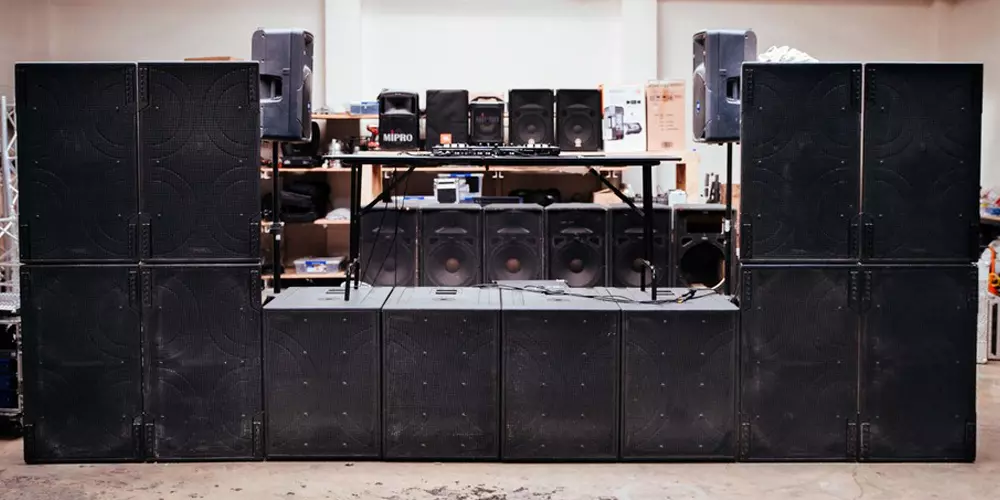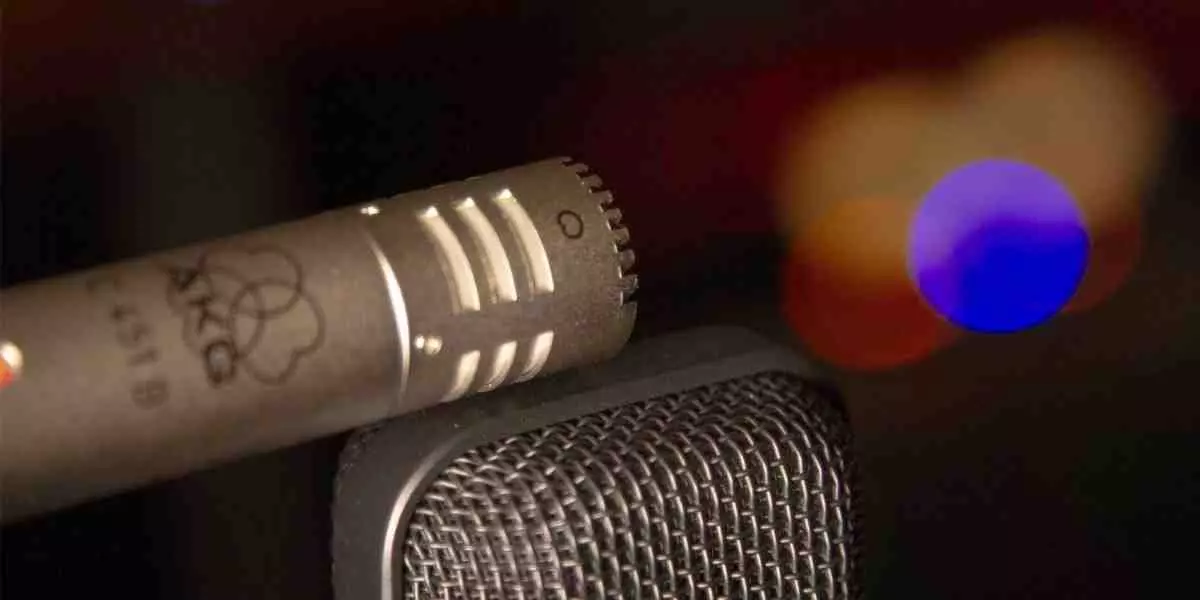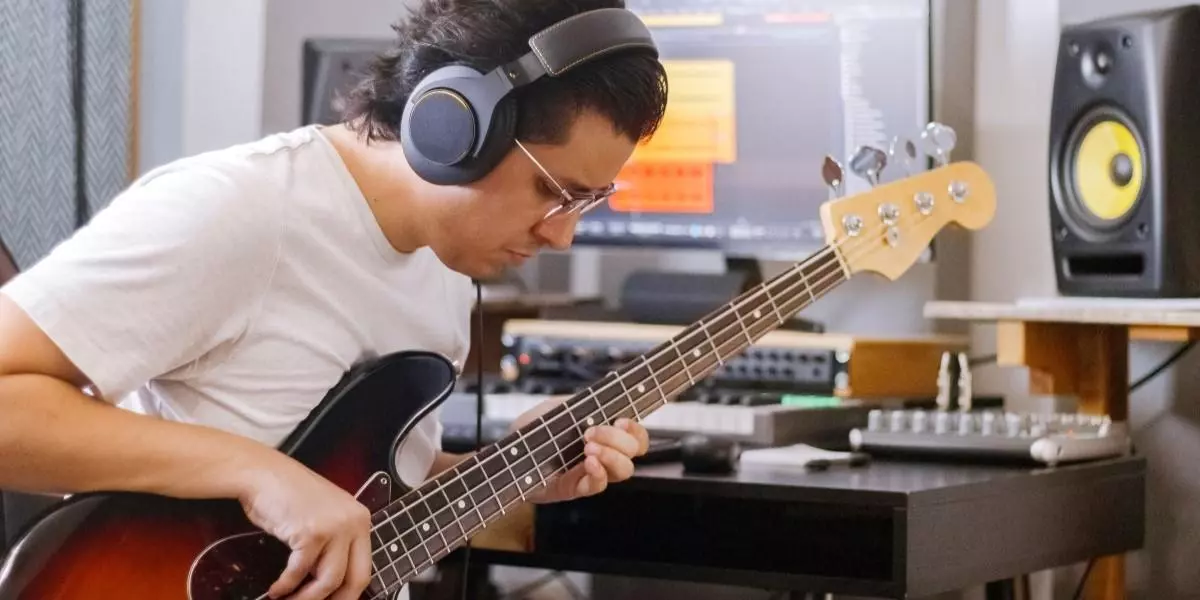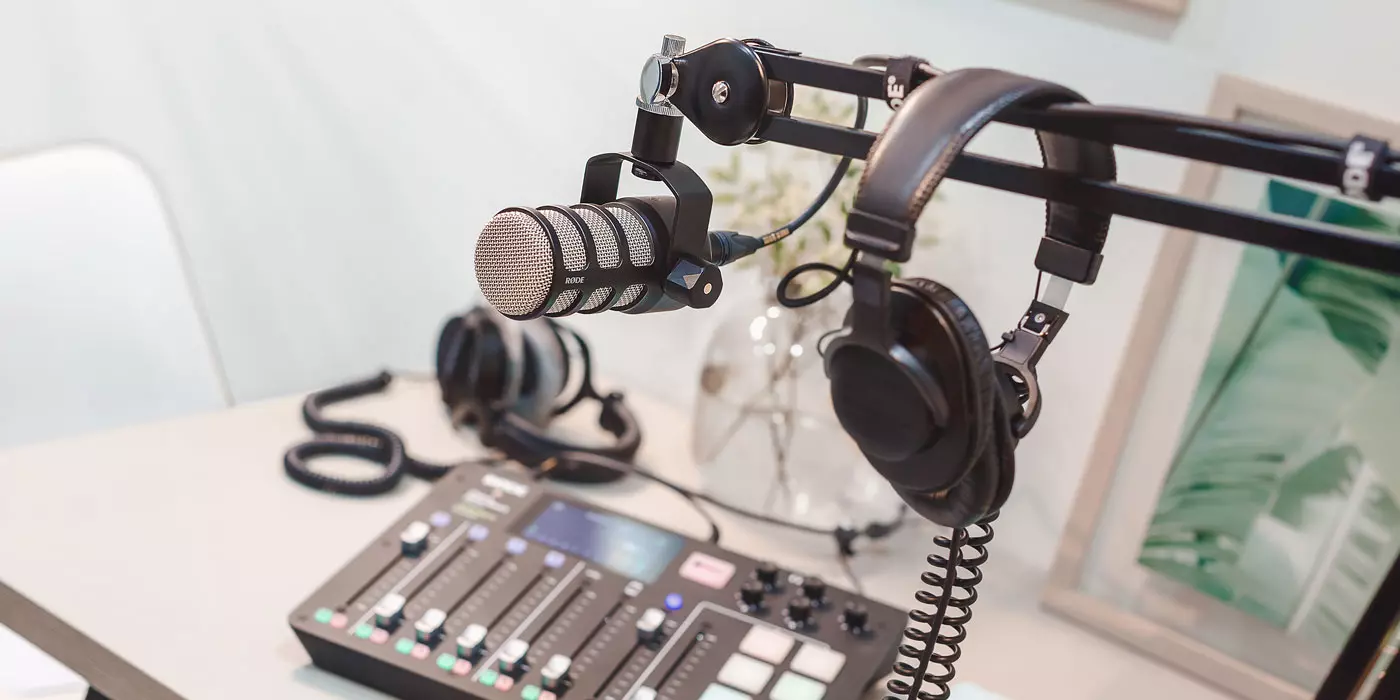A Sound Recordistís Dual Perspective
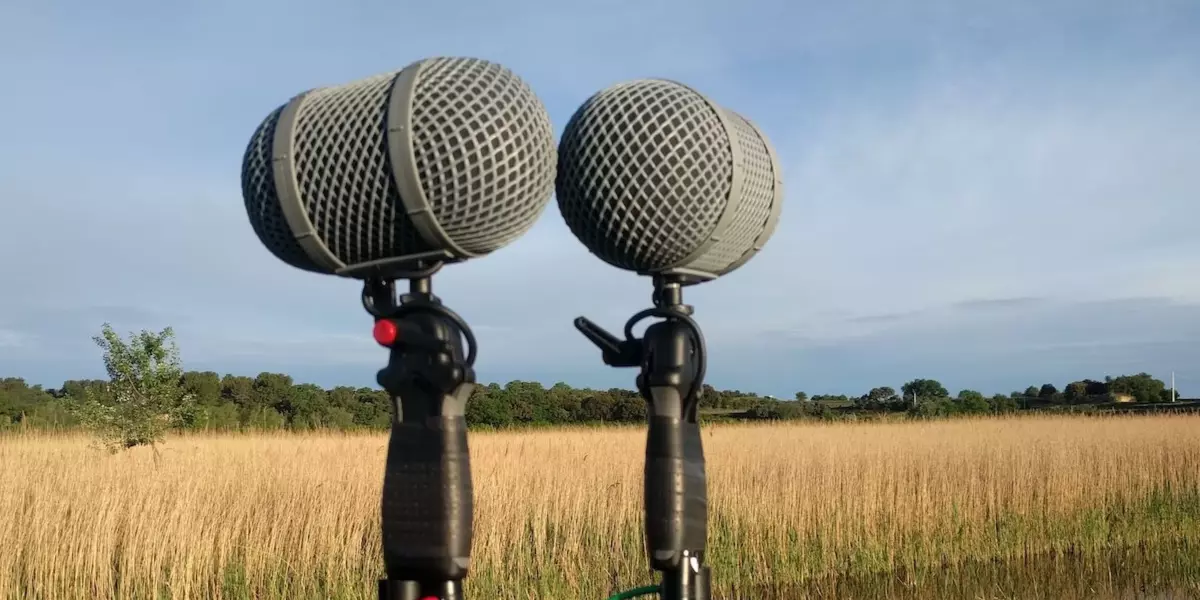
With nearly 15 years of experience in both location sound recording and post-production audio, I’ve worked across the full spectrum of film production—from short films and documentaries to full-scale feature films.
What sets my journey apart is not just the range of productions I’ve worked on, but the breadth of technology I’ve worked with—from analog tape recorders like the Nagra IV-S to modern digital recorders like the Zaxcom Deva, Sound Devices 888 and AATON Digital Cantar X3.
Having worked in both production and post, I understand precisely what’s needed on sets to make life easier in the studio—and vice versa. This dual perspective informs how I approach every mic placement, gain setting, or channel mix.
The Dual World of Location Sound
Location sound is never truly controlled. You’re dealing with live environments, unpredictable noise, wardrobe rustle, RF interference, and real-time problem-solving. But that’s precisely what makes it rewarding. What’s captured in the moment carries the authenticity of performance—and it’s my job to preserve it with clarity and accuracy.
But with my parallel background in post-production, I know how these recordings are handled later—how every decision made on set directly impacts the edit, the mix, and the overall sonic storytelling.
My Experience: Set, Studio & Legacy Equipment
Over the years, I’ve worked in:
- Short films – Nimble setups, tight spaces, often requiring me to work solo or with small crews.
- Documentaries – Real-world chaos, mobile shooting, and unpredictable environments where quick thinking and compact gear are essential.
- Feature films – Full crew coordination, multi-channel recording, timecode sync, and scalable workflows.
- Post-production studios – Dialogue editing, noise reduction, mix sessions, foley, and mastering.
Notably, I’ve also had the privilege of working with legacy analog systems, which has given me a deep respect for the craft’s roots.
Analog Experience: The Nagra IV-S
One of the most foundational experiences in my career was working with the Nagra IV-S—the legendary reel-to-reel analog tape recorder. It taught me more about signal integrity, level discipline, and the tactile mechanics of recording than any digital device ever could.
Using the Nagra forced me to listen truly, since there is no 'fix-it-in-post' mentality with analog. You set levels once, and you’d better get it right.
Manual tape threading, level calibration via VU meters, and crystal sync timecode all required a level of precision that shaped my approach to modern recorders.
Even today, I bring that mindset of getting it right in the moment.
Digital Power: The Zaxcom Deva
Later in my career, I transitioned to more sophisticated digital systems, such as the Zaxcom Deva 5.8, which I’ve used on narrative and commercial shoots.
Zaxcom’s systems are feature-rich and forward-thinking. What stood out to me:
- Built-in backup recording at the transmitter level (huge safety net).
- Advanced metadata and file organization—a post-production dream.
- ZaxNet integration enabled wireless control of gain and transmitter settings, saving time on complex setups.
Using Deva systems reminded me how modern sound workflows don’t just record—they communicate across departments in real time.
Zaxcom bridged the gap between reliability and innovation, and that’s something I look for in all my tools.
Modern Equipment I Trust in the Field
Here’s a breakdown of gear I had consistently used and trusted across years of work:
Field Recorders & Mixers
- Sound Devices 833 and Sound Devices 888 – My go-to recorders. Pristine preamps, flexible routing, and reliable in all weather conditions.
- Zoom F8n Pro – Excellent for mobile shoots and budget-sensitive projects with 32-bit float recording.
- Zaxcom Deva 5.8 / Deva 24 – For projects needing scalable channel counts, robust backup, and integrated metadata control.
Shotgun & Lavalier Microphones
- Sennheiser MKH 416 – The definition of a reliable, all-around boom shotgun microphone.
- Schoeps CMIT 5U – Incredibly natural and open, especially in acoustically reflective environments.
- DPA 4017B – Lightweight, clean, and great for docu-style interviews or feature shoots.
- Sanken DPA 4061 kit – An excellent lav mic I’ve used in my career, with reliable performance under all types of clothing and in varied climates.
Wireless Systems
- Lectrosonics SMWB / SRc – My primary wireless system. Rugged and dependable.
- Zaxcom ZMT4 / RX8 – Used for time-sensitive narrative shoots where remote control and built-in recording matter.
- Sennheiser G4 – Lightweight and practical for run-and-gun projects or low-crew setups.
Monitoring
- Sony MDR-7506 – My day-to-day headphones on set—neutral, revealing, and familiar.
- Beyerdynamic DT 770 Pro – My choice for critical listening or mix reviews, especially in post.
Timecode & Sync
- Tentacle Sync E – Compact, user-friendly, and great for doc and indie setups.
- Denecke TS-C Slate – My preferred smart slate on high-end shoots for solid sync and logging.
Bags & Power
- Orca OR-30 Sound Bag – Durable and spacious enough for full-size recorders with wireless systems.
- K-Tek Stingray Harness – Keeps weight balanced and reduces fatigue during long boom ops.
- NP-1 Smart Batteries – Consistent power delivery across long shooting days.
Workflow: From Capture to Mix
Because I had worked in both location recording and post, I approach every take with a long-term mindset.
On Location:
- Pre-shoot gear prep: Frequencies, timecode, mic pairing
- Mic placement for sound and post-edit flexibility
- Recording ISOs + mix track for dailies
- Immediate backup & sound report generation
In Post:
- Dialogue clean-up (iZotope RX 11, Cedar DNS)
- Sync with Tentacle or Zaxcom metadata
- Mixing to spec (stereo, 5.1, broadcast, OTT)
- ADR prep, noise profiling, final levelling
Understanding both ends of the workflow helps me solve problems before they become expensive.
Final Thoughts
Across nearly a decade of work, my time in the field and in the studio has taught me this:
- Clean audio is not luck—it’s preparation, skill, and trust in your gear.
- Working with analog systems, such as the Nagra IV-S, gave me a foundational discipline.
- Embracing digital innovations, such as the Zaxcom Deva, expanded what’s possible on set.
- Every piece of gear is a tool—not a crutch. The ears come first.
Whether I’m recording in the back of a tuk-tuk for a documentary or mixing the final act of a feature in the studio, I aim to deliver sound that elevates the story.

